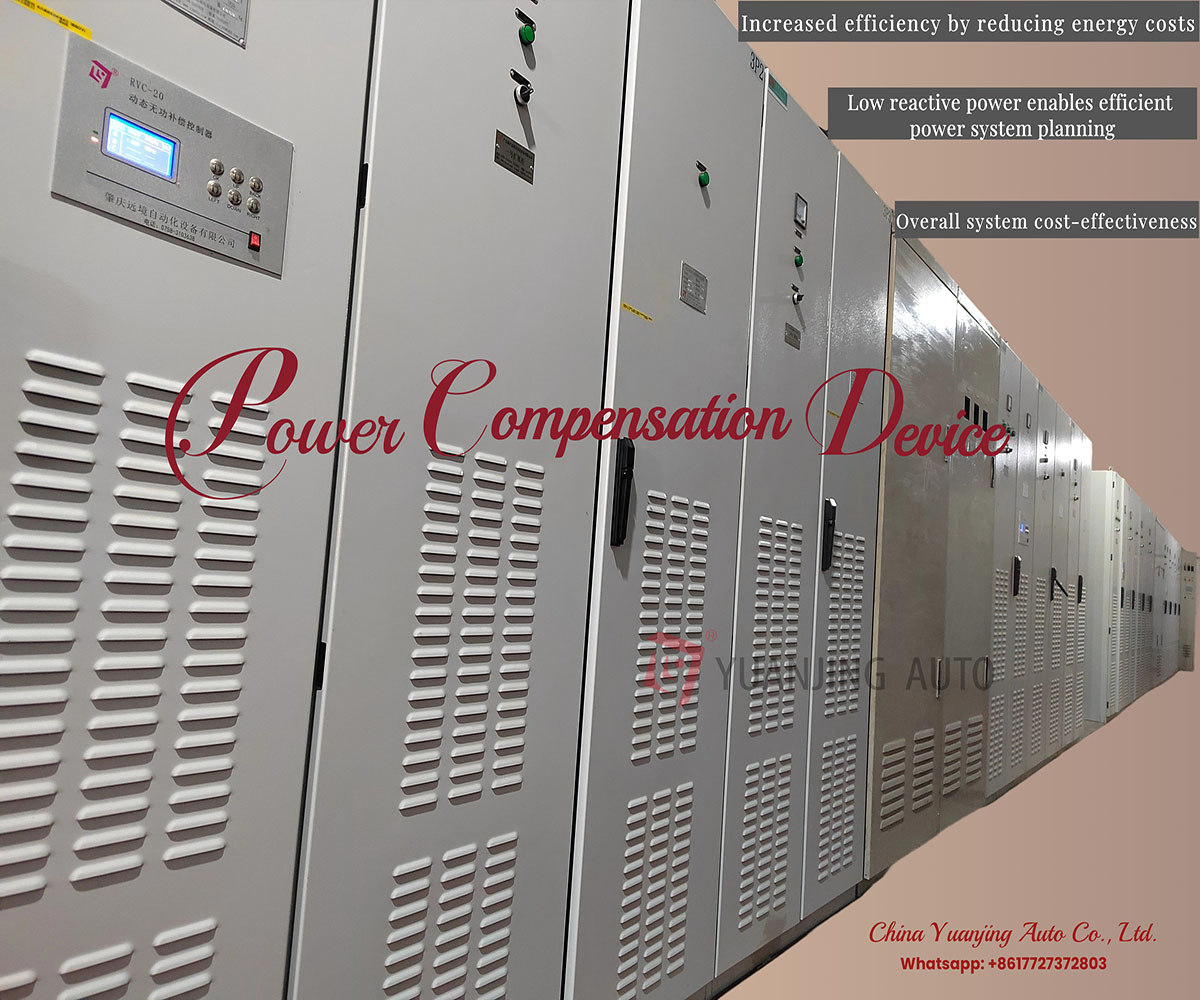In photovoltaic systems, the use of Reactive Power Compensators can significantly improve the quality of power. These devices can effectively cope with the reactive power fluctuations caused by load changes in the network, ensuring that the photovoltaic system always maintains efficient operation under different load conditions. By properly configuring reactive power compensators, the overall capacity of the photovoltaic power generation system can be improved, bringing higher economic benefits to users.
Benefits of Dynamic Reactive Power Compensation
1. Real-time response: The Dynamic Compensation Device has a fast response capability and can adjust the compensation level instantly when the grid conditions change to maintain a good power factor.
2. Improve stability: Since the power generation output of the photovoltaic system is affected by external factors such as weather, the Dynamic Compensation Device can effectively balance these changes and improve the stability of the system.
3. Save costs: By reducing reactive power fluctuations and reducing power losses, it saves a lot of electricity bills for enterprises and users, reflecting extremely high economic value.
4. Improve grid connection capability: Effectively manage reactive power, improve the grid connection capability of photovoltaic systems and power grids, and enable photovoltaic systems to be connected to the power grid more stably.
With the continuous development of photovoltaic energy technology, improving system operation efficiency has become an inevitable trend. As an effective tool to improve the efficiency of photovoltaic energy systems, the Dynamic Compensation Device brings significant economic and environmental benefits to users by optimizing power factor and reducing energy loss. In the future development of photovoltaics, the Dynamic Power Compensation Device will undoubtedly play a greater role in promoting the popularization and application of clean energy.
In short, paying attention to the Applications of Reactive Power Compensation Devices will be an important part of the photovoltaic energy field that cannot be ignored, and it provides strong support and guarantee for achieving the goal of sustainable development.








